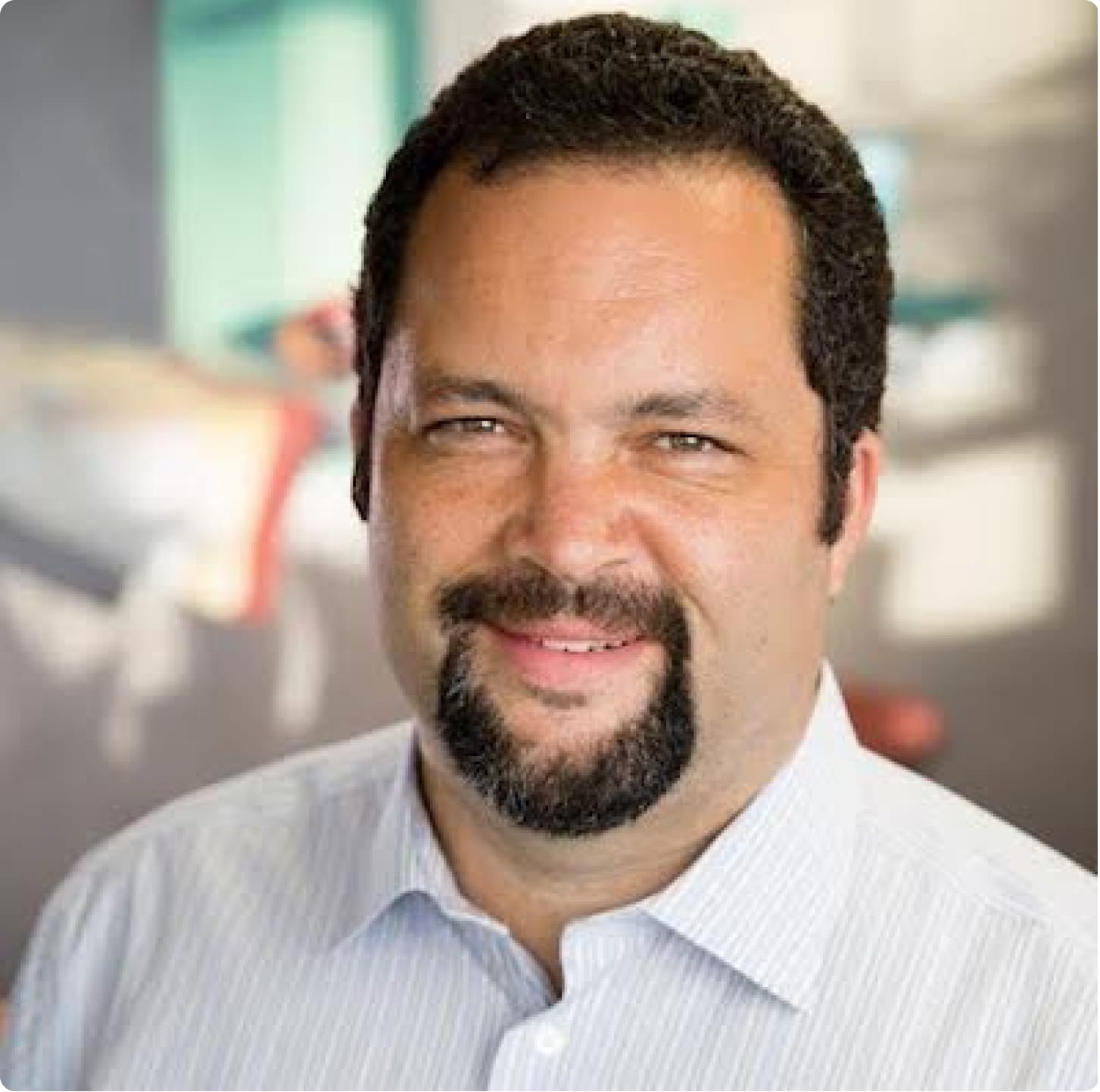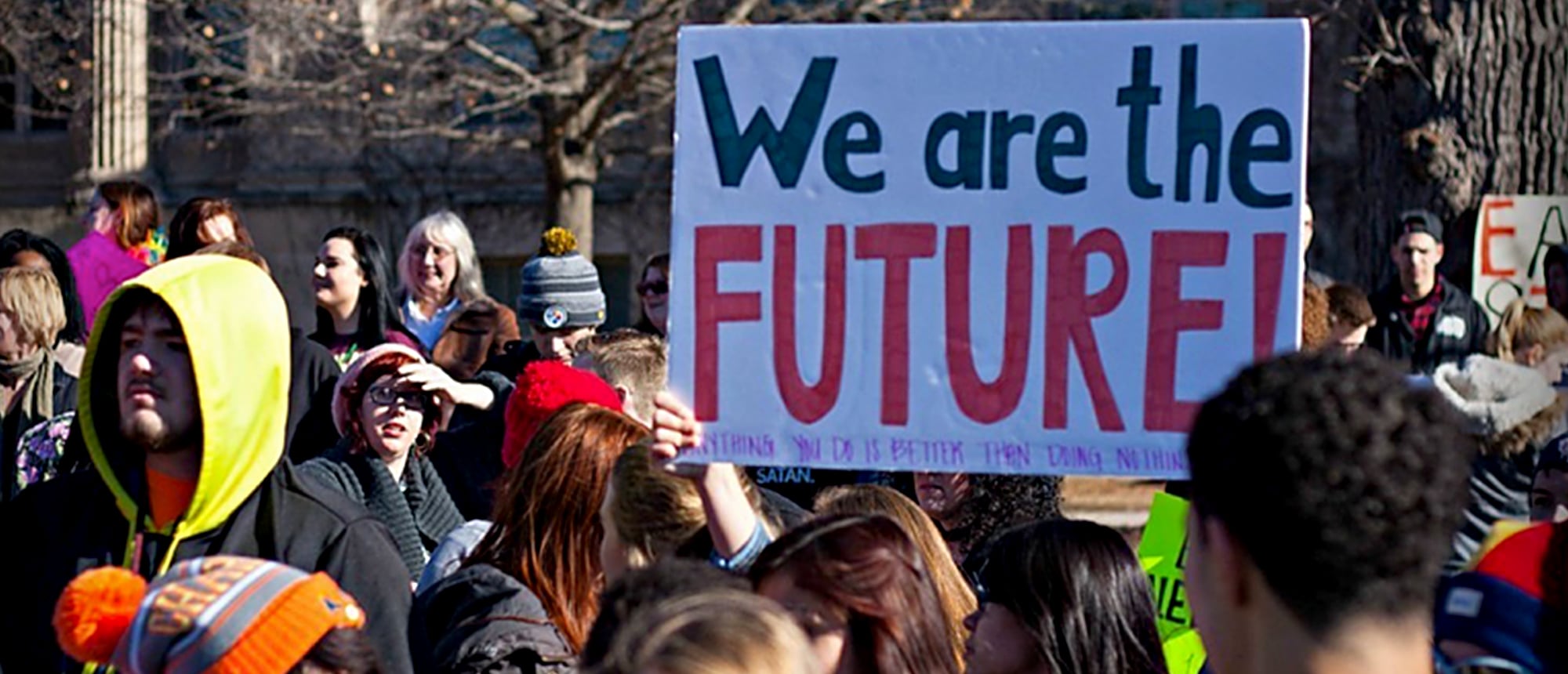Student Activism: A Force For Change
This month, a school full of children suffered an enormous tragedy. Again. Seventeen young people were gunned down inside a Florida high school but instead of devolving into the same cycle of meaningless debate, we’re seeing a new moment of student leadership. In a time of crushing grief and anger and fear, these students have chosen to rise up and fill the vacuum of leadership that many of our leaders have created. And they’ve been joined in their activism by their peers all across the country.
For decades, the NRA and the politicians backed by them have stymied any effort to push for stronger gun legislation. After Sandy Hook and Pulse and Las Vegas, efforts failed and the conversation faded away time and again. The callousness with which NRA-backed Republicans have shirked away from their responsibilities to play a role is sickening. Again and again, we go through the same ritual — tragedy, debate, defeat, repeat.
We’ve gone as far as convincing ourselves that there’s nothing we can do — as if we’re doomed to eternally suffer these tragedies. But we know what the issue is and we know the steps that needed to be taken. At the moment, the only thing holding us back is the lack of courage it takes for politicians to do away with the NRA and the checks they write. It’s a horrible reason and one that these student activists have now dedicated themselves to ending.
I, for one, think they’ll succeed.
The poise, grace, and passion that these students have conducted themselves with has been inspiring. Their movement is a heart-wrenching call to action from our youngest generation, a rebirth of student activism which may feel new to us now, but I know the power that student activism can have.
As students across the country engaged in Brown v. Board litigation, at 12, my mother joined that fight and sued Western High School in Baltimore so she could desegregate the school when she was 15. She would become part of the first class of black girls to attend that high school from freshman year through graduation. Along with young men and women across the country, they fought for their rights and the rights of young people that would follow them.
My mother raised me on protests. At Columbia, participating in a protest against the university’s plan to tear down the site of Malcolm X’s assassination would get me suspended. It was the first student suspension for activism in nearly three decades, when the famed protests against the Vietnam War rippled through college campuses nationwide.
During my suspension, I went to work for the NAACP in Mississippi, where I trained as an organizer. During my time there, I met other incredible student activists, like Stacey Abrams and Derrick Johnson. This training would come in handy during the uprisings in Baltimore following the death of Freddie Gray. I found myself in a church teaching young people how to engage in nonviolent civil disobedience that would maintain the purity of their message, protect them, protect innocent bystanders, and protect members of the police seeking to keep the peace.
Student activists have the ability to be the loudest and most powerful voices. They’re not hemmed in by the equivocating and hedging that hampers most political discourse. These students know what will keep them safe and they’re not going to stop until they accomplish the change they want to see.
Student activists, and these student activists from Marjory Stoneman Douglas in particular, are the best of us. They’ll do things we’ve told ourselves are impossible.
And I’ll be here, doing everything I can to help them.

